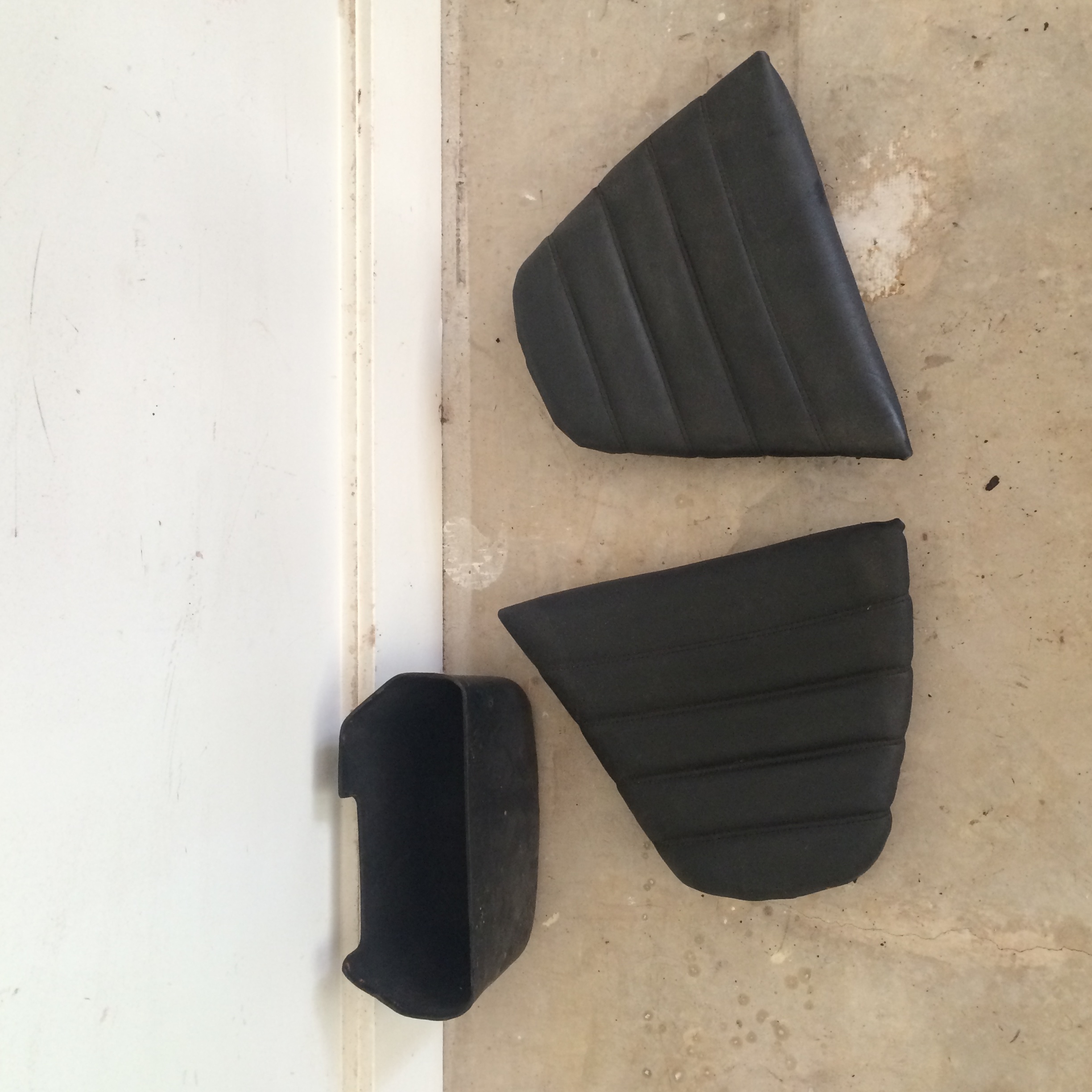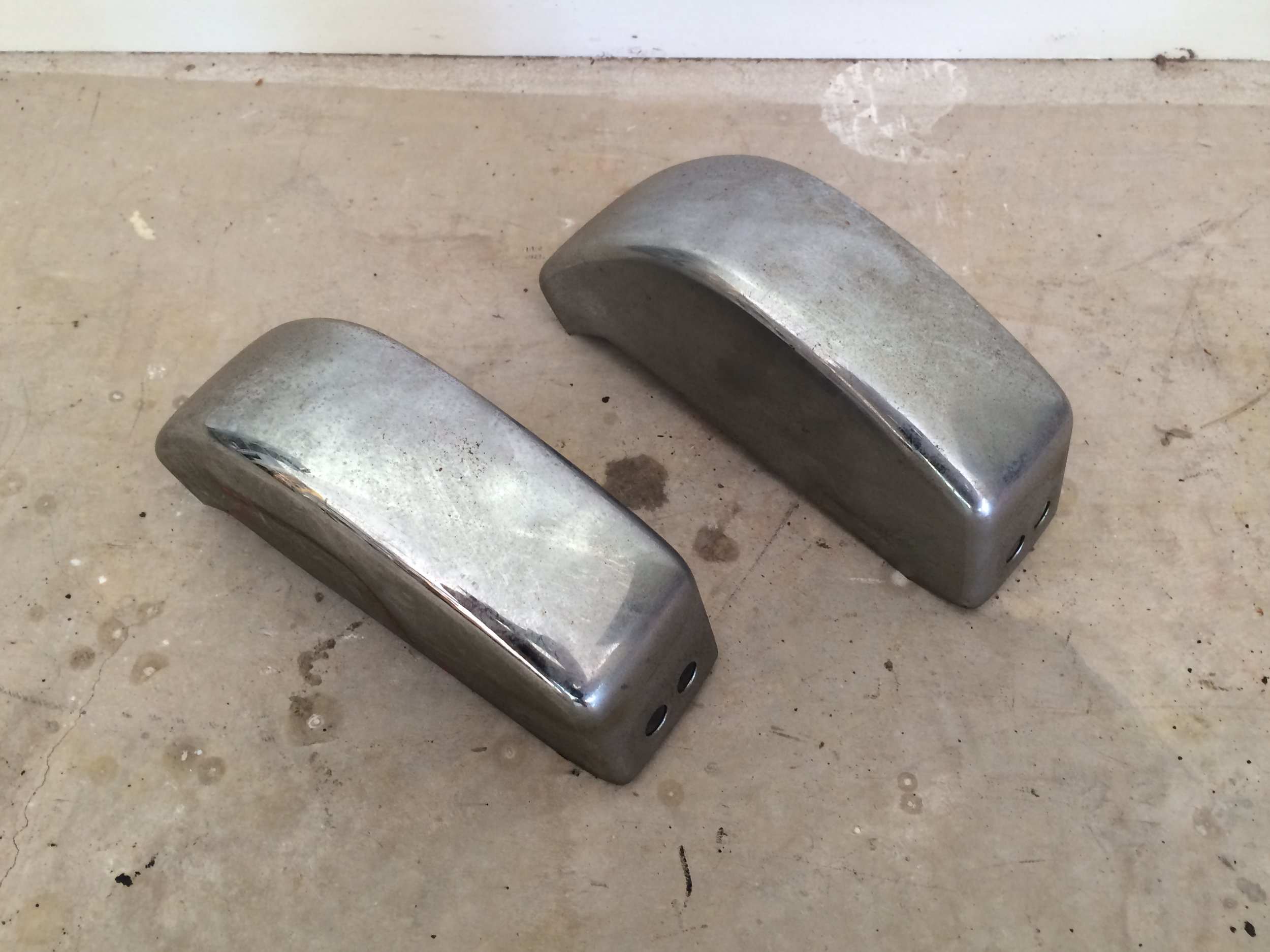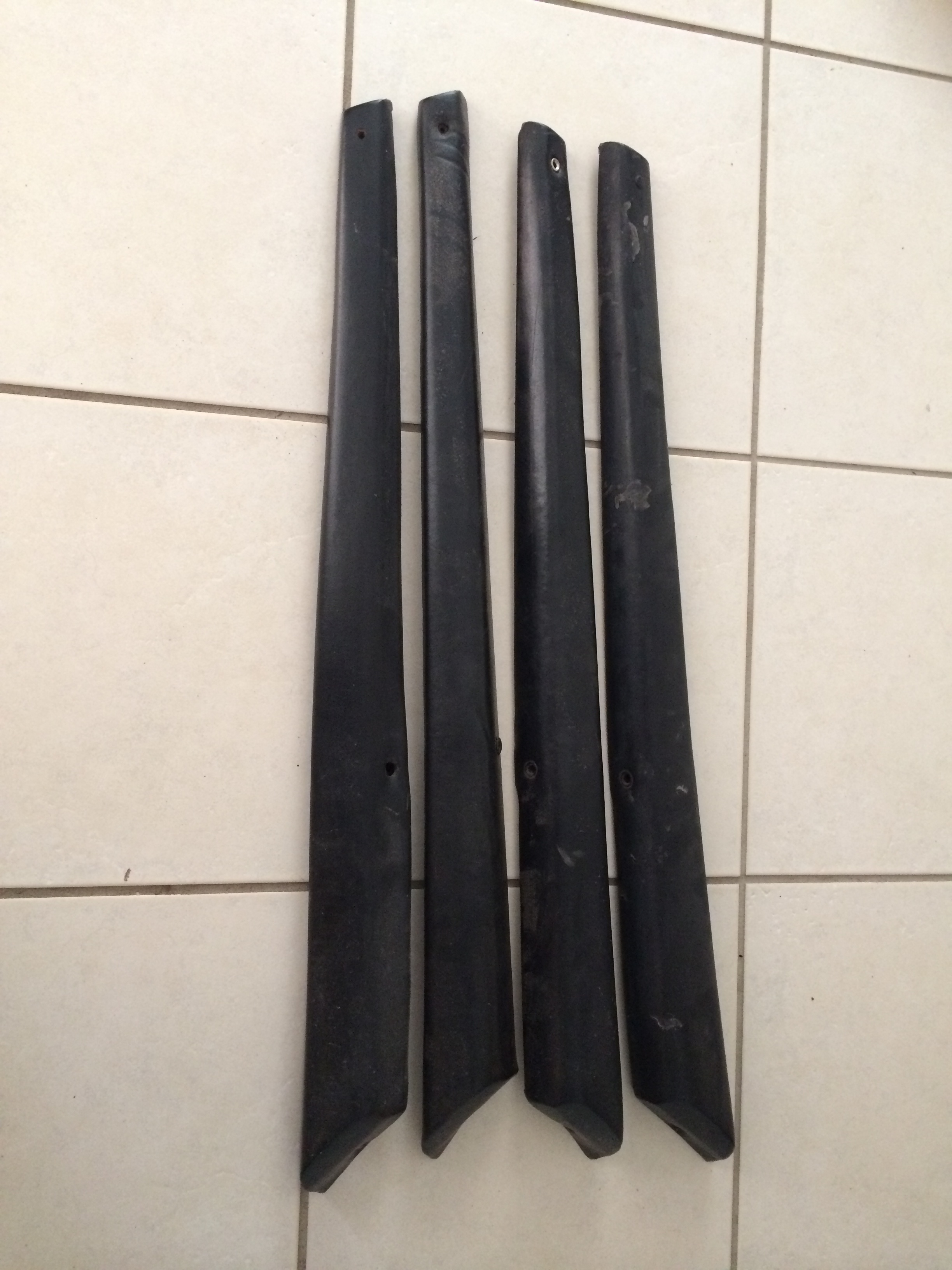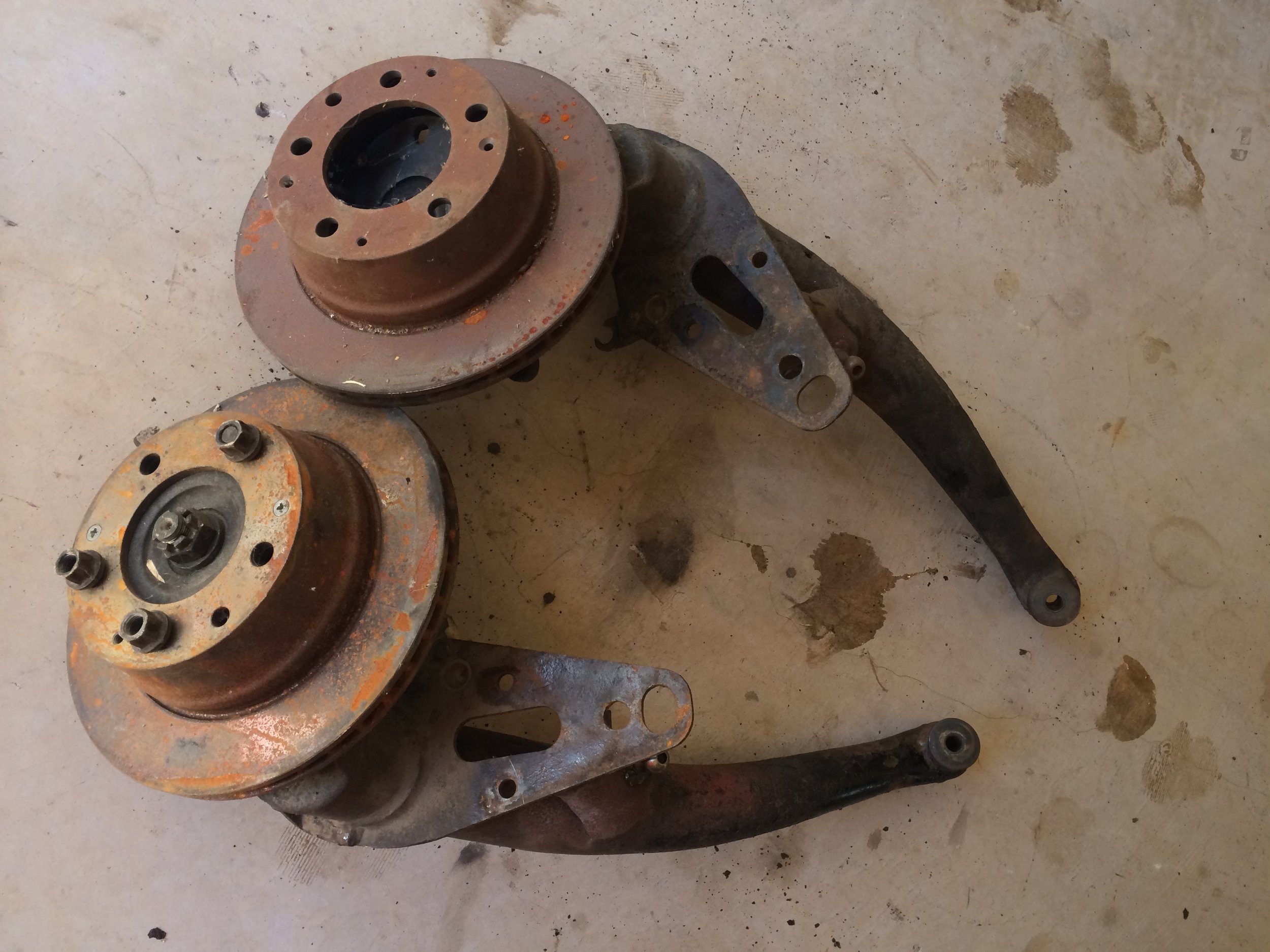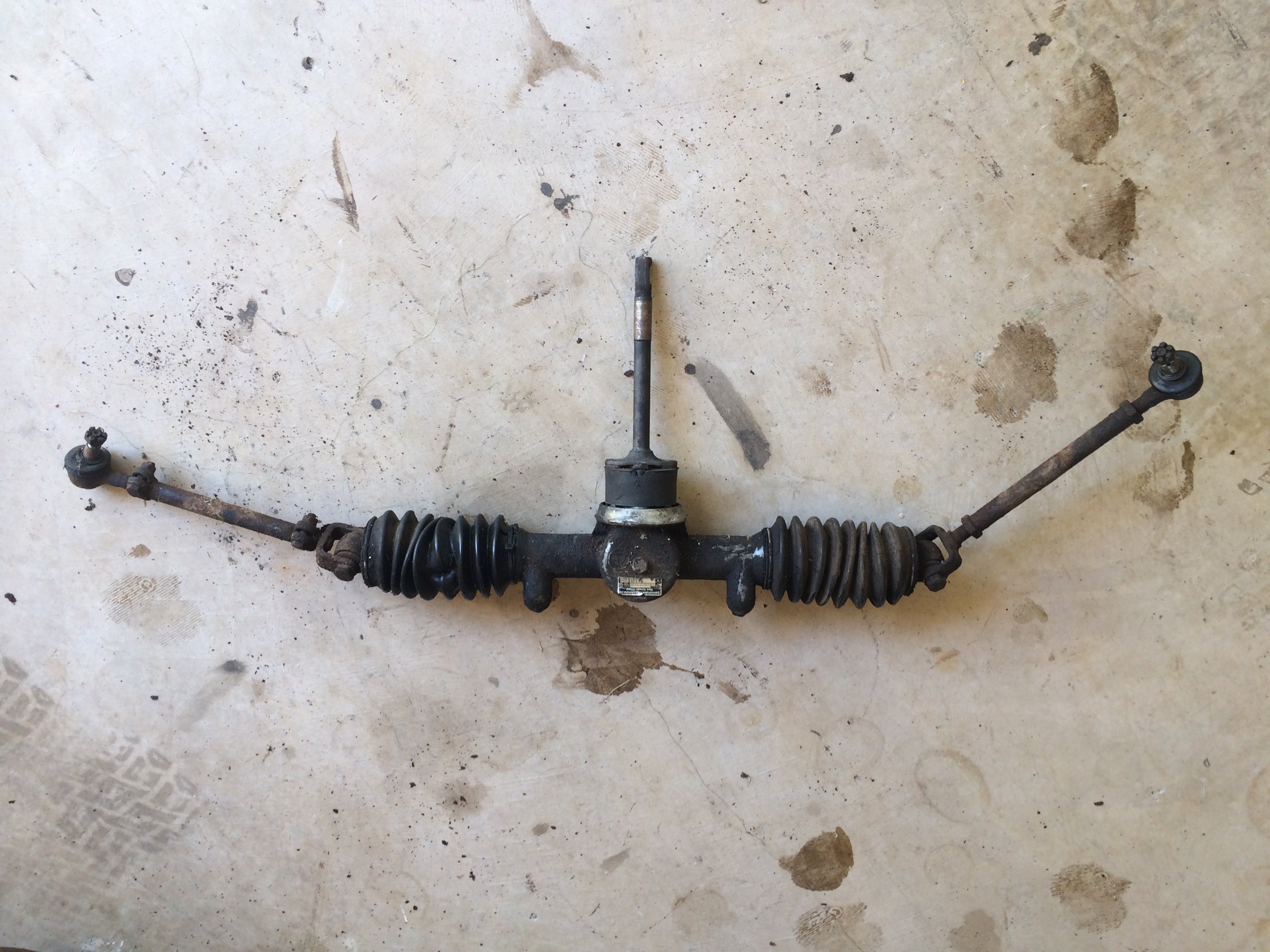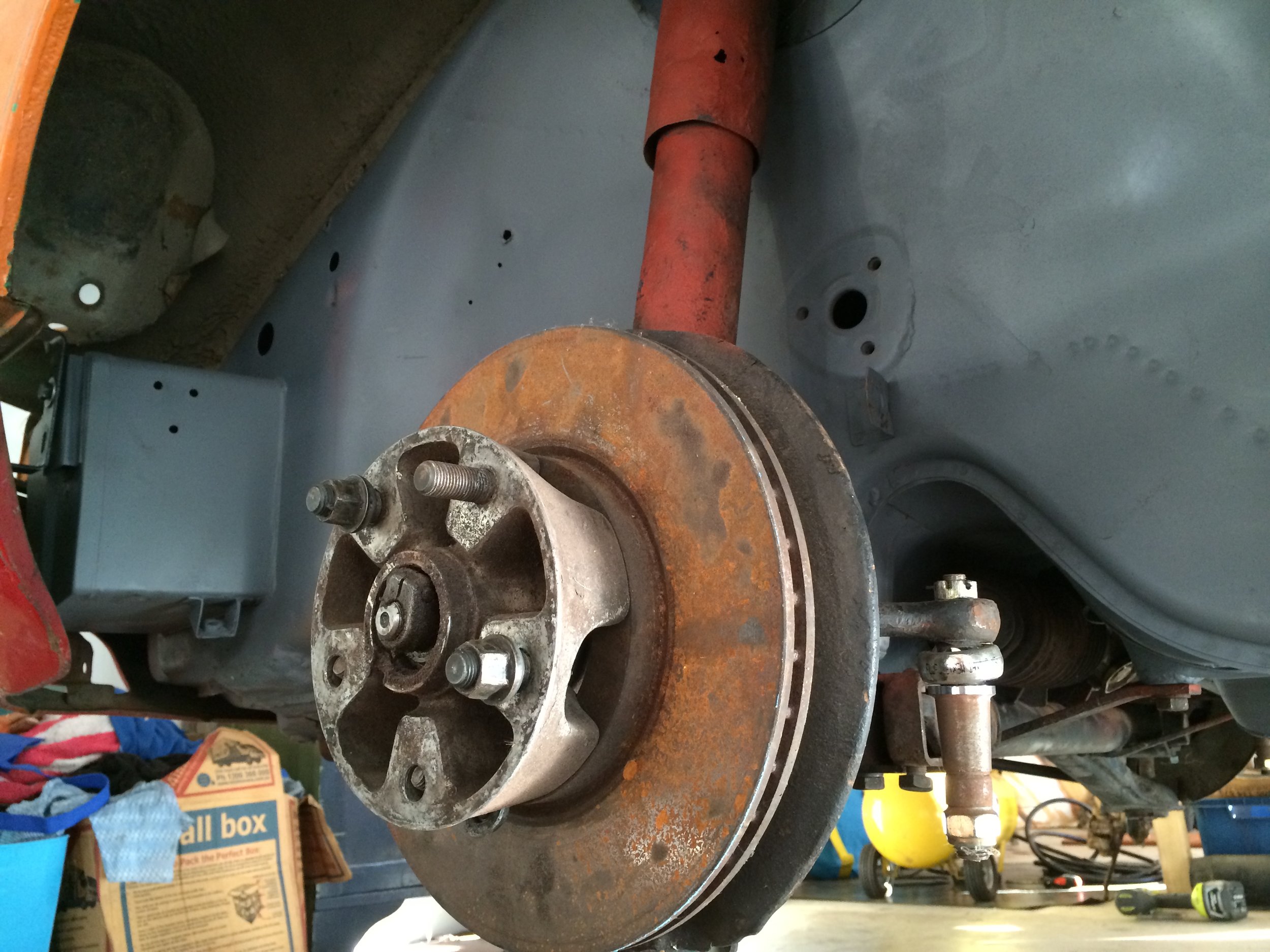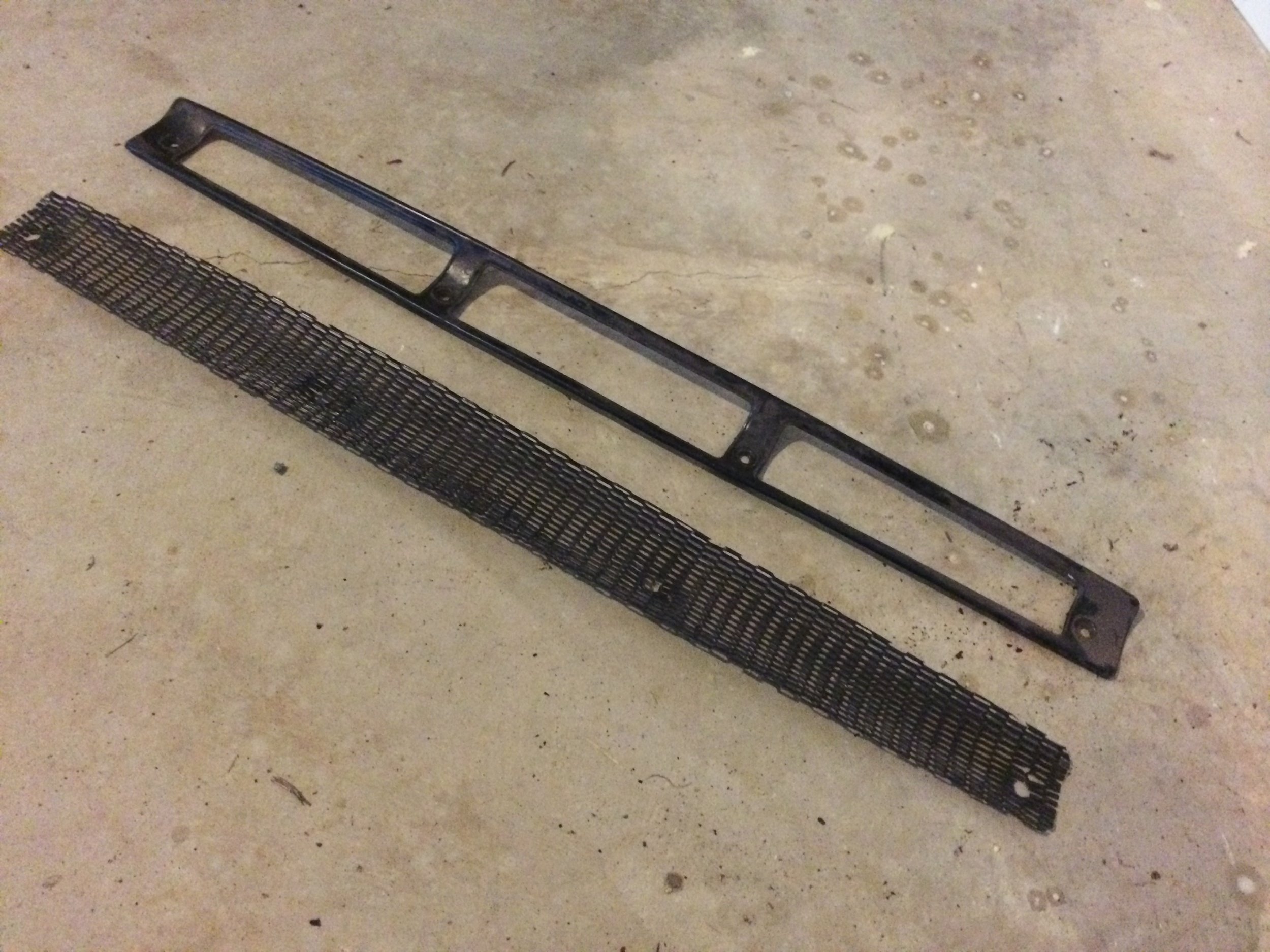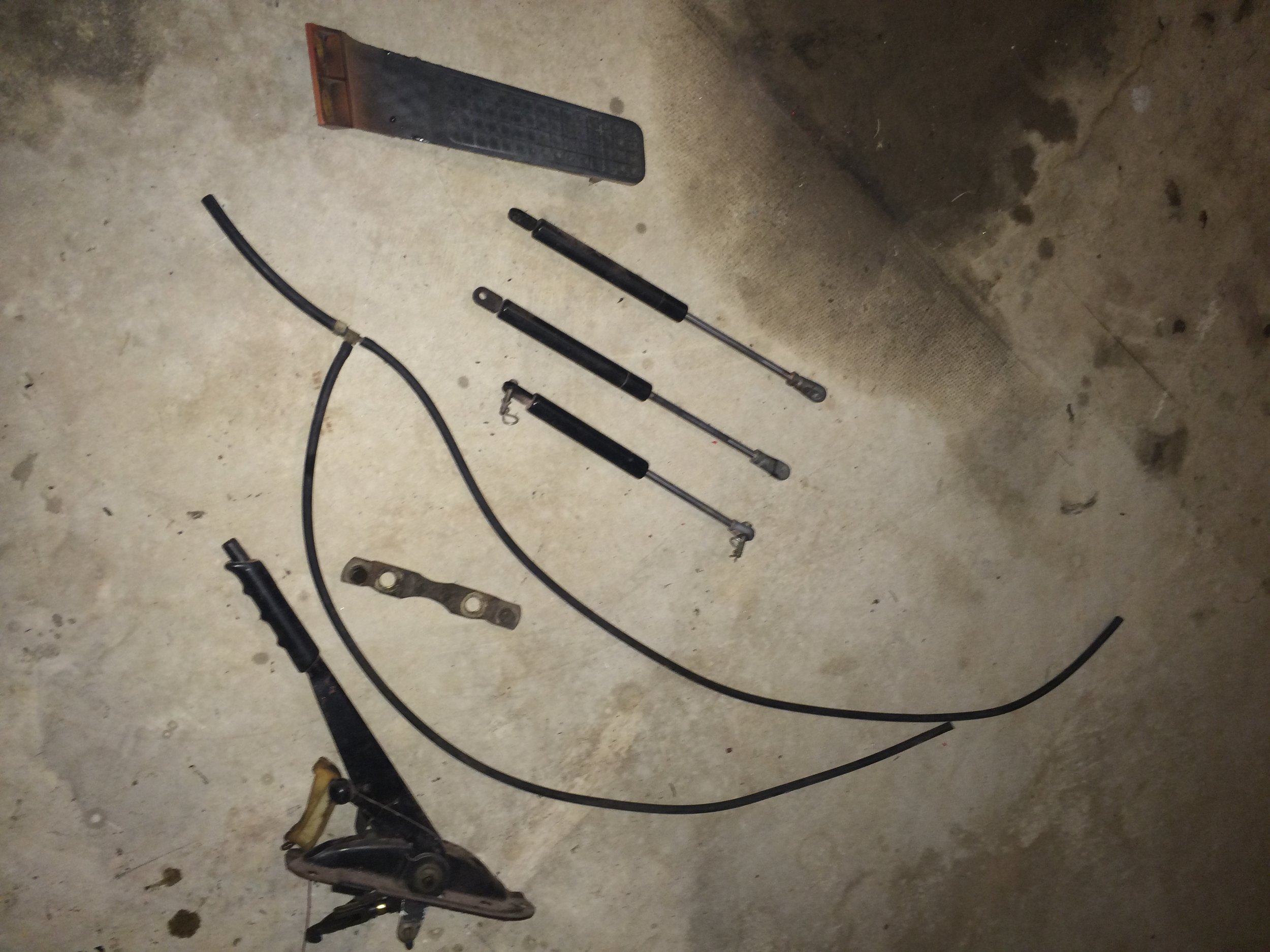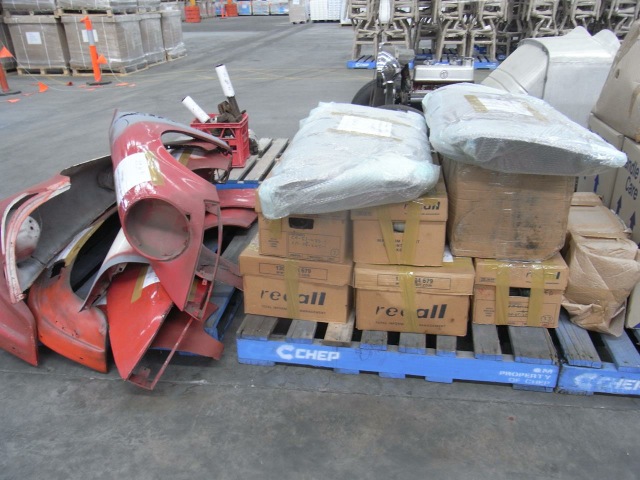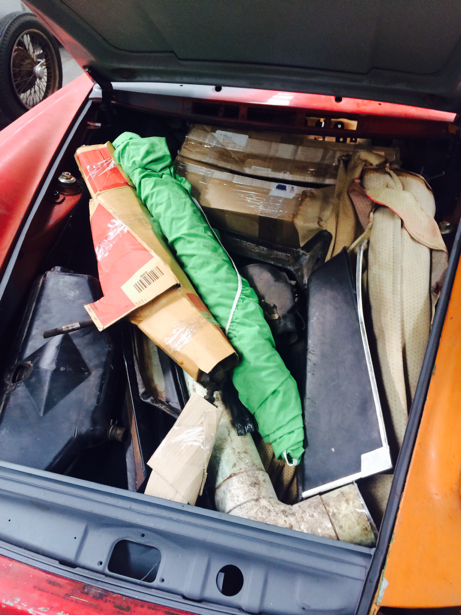Previously... we had identified this point of leakage from the cooler area, and eliminated the cooler itself from our enquiries - it pressure tested fine.
With cooler removed, the area looks like this:
And Porsche has been kind enough to give us a clue about one possible source for a leak:
Close up of the cast-in pipe on my engine:
At this point we have a suspect, but no proper smoking gun. Because, on my engine, the side of the cast-in pipe outside the oil cooler cavity is in exactly the same state, and is not leaking.
Still, it can't hurt to follow the procedure in the service bulletin, which can be summarised as "gunk it up".
With the help of those more expert than me (thanks DDK), I realised there was another potential problem in the oil cooler area.
On the left, the studs behind the cooler on my car. On the right, an example picture of what should be there...
As well as the obvious difference of the domed nut, more importantly the correct washers are thick and have a chamfer on the inside edge to retain an o-ring. Same as all the other stud nuts. My engine had no o-rings.
Correct parts ordered from my OPC and fitted, and, boom!
Leaks are gone.
Phew, simple fix in the end...











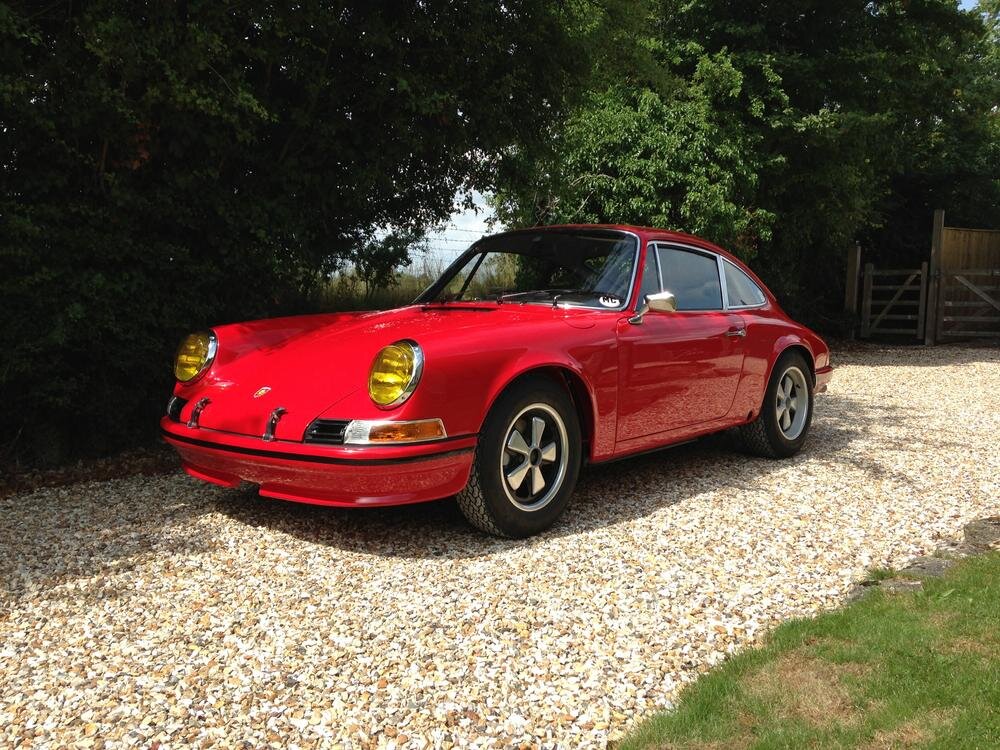









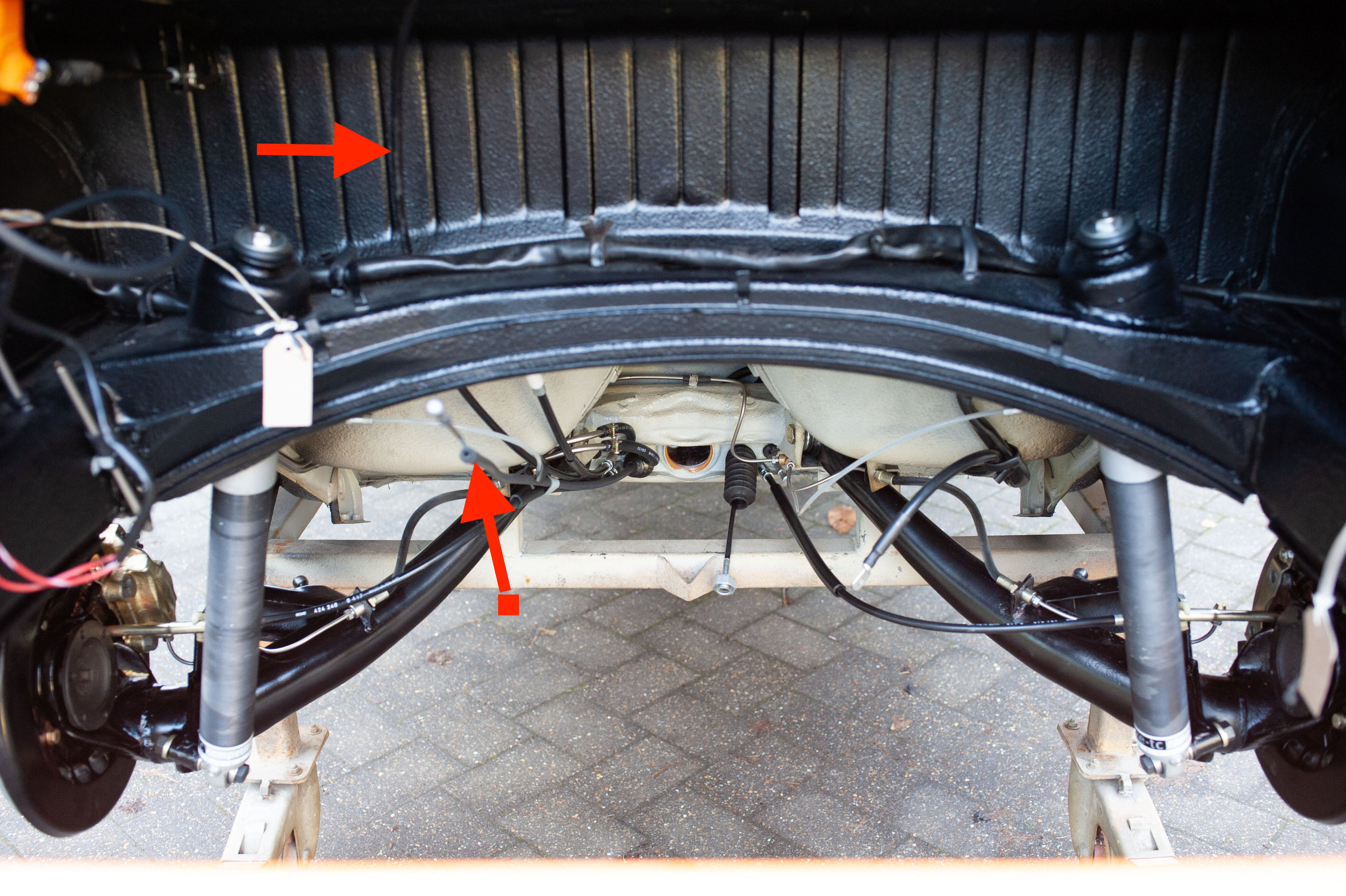


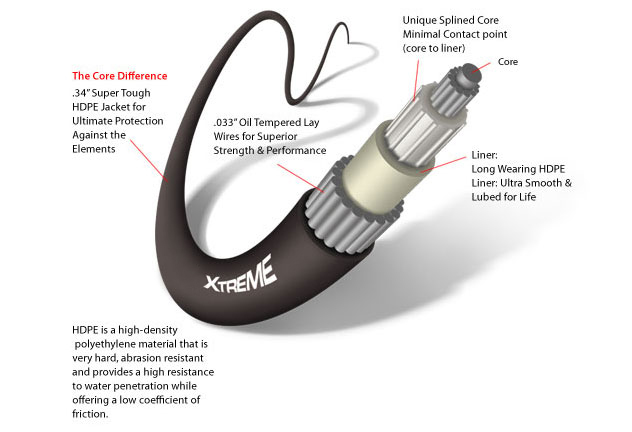
















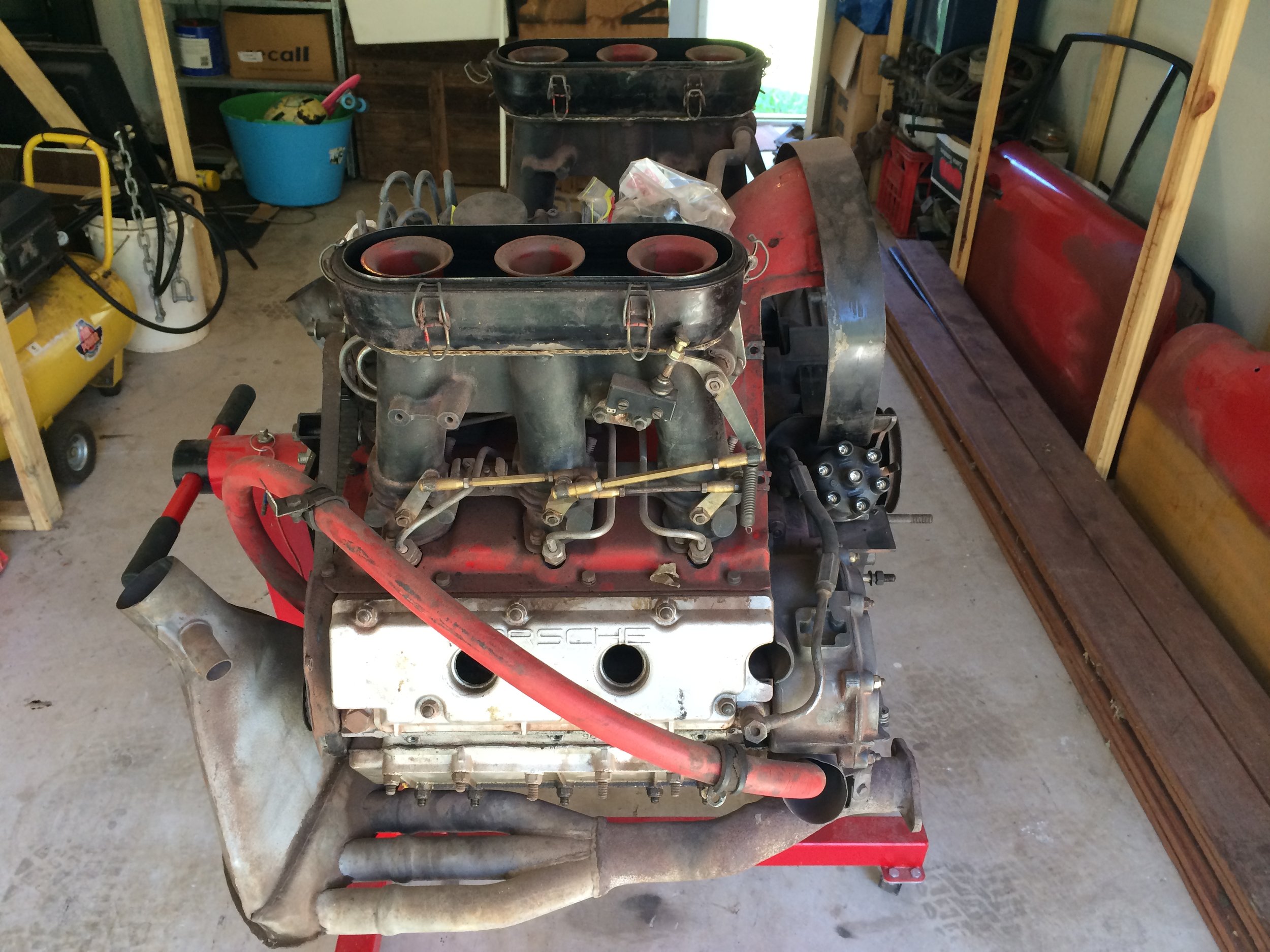




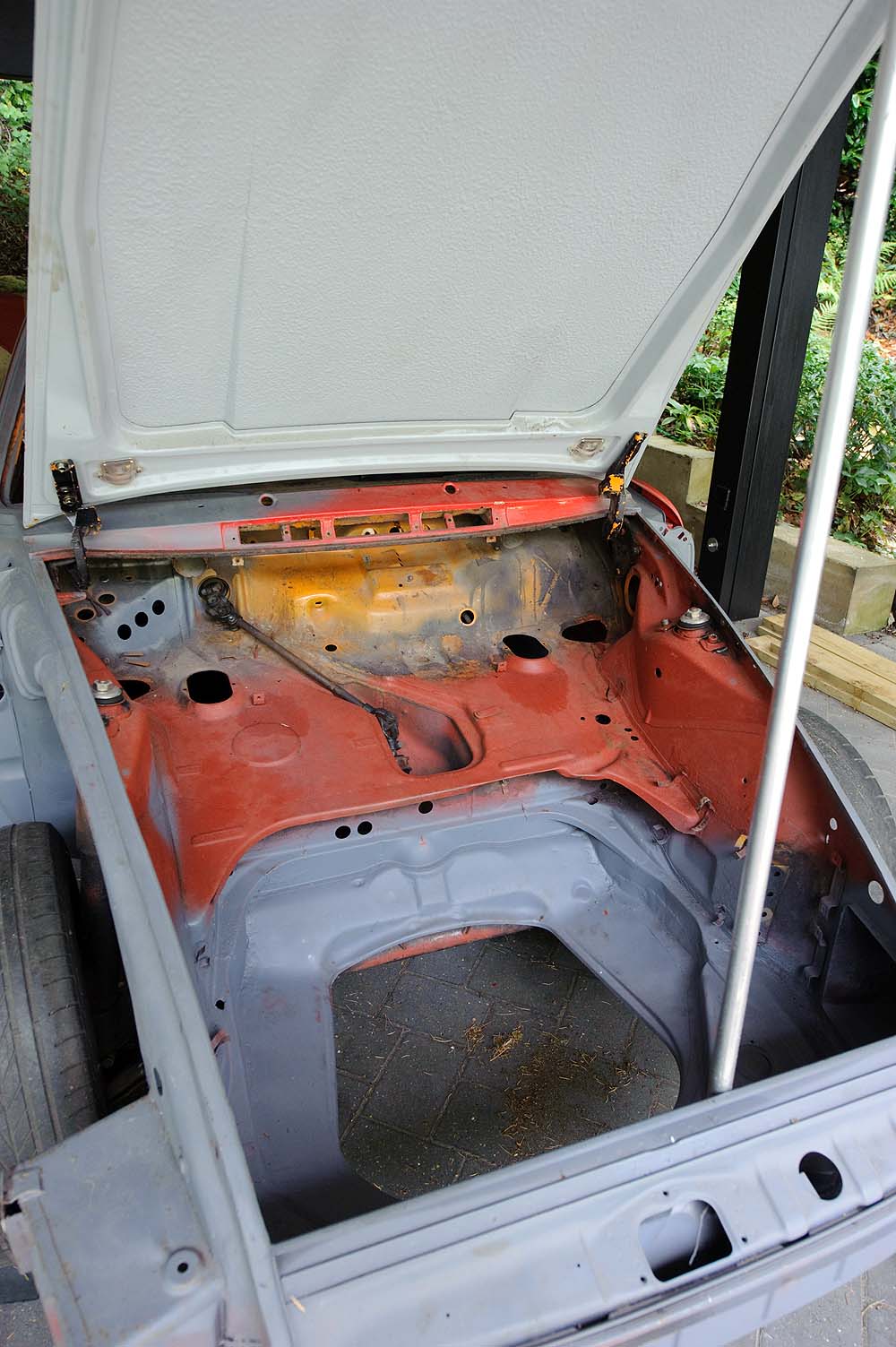





![IMG_1827[1].JPG](https://images.squarespace-cdn.com/content/v1/58c0f610d482e969f2bf11d6/1490790422954-B2GF4CJ6YJBHVYKEFFHF/IMG_1827%5B1%5D.JPG)
![IMG_1828[1].JPG](https://images.squarespace-cdn.com/content/v1/58c0f610d482e969f2bf11d6/1490790424588-9PIC5KP3VY2OH7FAXX6L/IMG_1828%5B1%5D.JPG)
![IMG_1829[1].JPG](https://images.squarespace-cdn.com/content/v1/58c0f610d482e969f2bf11d6/1490790439719-4ID5WLOCFEZNS48Y8NFN/IMG_1829%5B1%5D.JPG)
![IMG_1833[1].JPG](https://images.squarespace-cdn.com/content/v1/58c0f610d482e969f2bf11d6/1490790441434-RSO4QH2MWXF2BXW9A09C/IMG_1833%5B1%5D.JPG)
![IMG_1835[1].JPG](https://images.squarespace-cdn.com/content/v1/58c0f610d482e969f2bf11d6/1490790459810-VUIPV8IPADOBA4M3FYAA/IMG_1835%5B1%5D.JPG)
![IMG_1837[1].JPG](https://images.squarespace-cdn.com/content/v1/58c0f610d482e969f2bf11d6/1490790462202-UWNXB97C9490Y9EUCEFK/IMG_1837%5B1%5D.JPG)
![IMG_1838[1].JPG](https://images.squarespace-cdn.com/content/v1/58c0f610d482e969f2bf11d6/1490790484378-5V6B2RHBBW8RZBNT96Q1/IMG_1838%5B1%5D.JPG)
![IMG_1840[1].JPG](https://images.squarespace-cdn.com/content/v1/58c0f610d482e969f2bf11d6/1490790485448-O0R1AOC41MJ378LAKIJ8/IMG_1840%5B1%5D.JPG)
![IMG_1841[1].JPG](https://images.squarespace-cdn.com/content/v1/58c0f610d482e969f2bf11d6/1490790512220-ZD8EFT646IEJ7Q3VAMGA/IMG_1841%5B1%5D.JPG)
![IMG_1842[1].JPG](https://images.squarespace-cdn.com/content/v1/58c0f610d482e969f2bf11d6/1490790512423-4RP332FWAW1YYV7WXJB8/IMG_1842%5B1%5D.JPG)
![IMG_1843[1].JPG](https://images.squarespace-cdn.com/content/v1/58c0f610d482e969f2bf11d6/1490790541202-74JU7DQEAVEHRS47UU9K/IMG_1843%5B1%5D.JPG)
![IMG_1844[1].JPG](https://images.squarespace-cdn.com/content/v1/58c0f610d482e969f2bf11d6/1490790541358-4HWMXS3CCNU6103PRPZ9/IMG_1844%5B1%5D.JPG)
![IMG_1854[1].JPG](https://images.squarespace-cdn.com/content/v1/58c0f610d482e969f2bf11d6/1490790558975-TD2H4U09GK50EE7QWZ7S/IMG_1854%5B1%5D.JPG)
![IMG_1856[1].JPG](https://images.squarespace-cdn.com/content/v1/58c0f610d482e969f2bf11d6/1490790561566-4J6PT3M7K3DJILWSMKQM/IMG_1856%5B1%5D.JPG)
![IMG_1887[1].JPG](https://images.squarespace-cdn.com/content/v1/58c0f610d482e969f2bf11d6/1490790603020-W8GMVRI6PNLCXWNZWE16/IMG_1887%5B1%5D.JPG)
![IMG_1873[1].JPG](https://images.squarespace-cdn.com/content/v1/58c0f610d482e969f2bf11d6/1490790578164-XVS61EO0TUVF4G474ORE/IMG_1873%5B1%5D.JPG)
![IMG_1875[1].JPG](https://images.squarespace-cdn.com/content/v1/58c0f610d482e969f2bf11d6/1490790580971-RORFAPX53S2GL0BID5LN/IMG_1875%5B1%5D.JPG)
![IMG_1883[1].JPG](https://images.squarespace-cdn.com/content/v1/58c0f610d482e969f2bf11d6/1490790662503-JSD9ASVM7YM6ER7UQ405/IMG_1883%5B1%5D.JPG)

![IMG_1887[1].JPG](https://images.squarespace-cdn.com/content/v1/58c0f610d482e969f2bf11d6/1490790661893-5DOJ8TW463E86AUH613T/IMG_1887%5B1%5D.JPG)

![IMG_1889[1].JPG](https://images.squarespace-cdn.com/content/v1/58c0f610d482e969f2bf11d6/1490790713224-MY4ZNLS328H7P4QPV6LJ/IMG_1889%5B1%5D.JPG)








